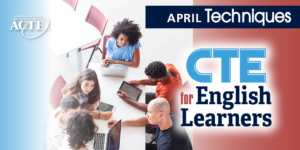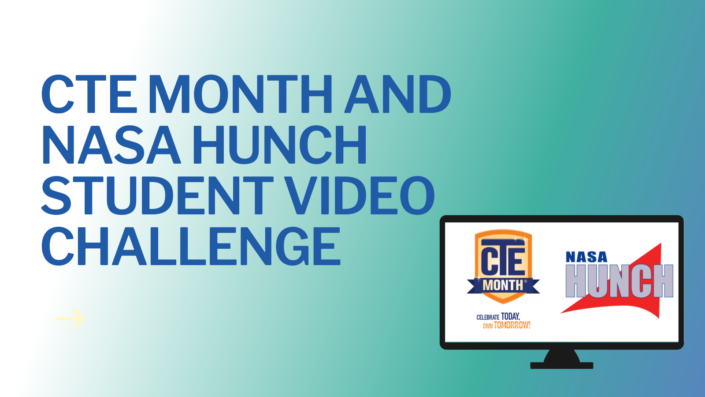This article itself is a journey in some ways; ergo, it provides a practical guide for CTE educators to use in their classrooms and with students.
At the beginning of each semester, I ask my students to imagine they are standing at the bottom of a mountain. There is a waterfall. They are surrounded by wildflowers and dragonflies, and bees are buzzing about. The students learn that I am their guide. I will lead them up the mountain to discover a wonderful treasure.
As they stand on the ground, the first week of the term is their time to become accustomed to things. Because we will start climbing the mountain soon. But it’s not at the summit where we’ll find the treasure. The instructor and their students will develop stamina, courage and confidence on the path. The point is this: We have a long journey, and we have much to learn from each other along the way. Then, as the sun’s light shines down and quiet streams snake through the valley, they will begin to see all the possibilities that lie ahead.
The CTE student
CTE does not speak to one set or type of individual. However, these students have a similar goal: They all want an education and skills that will better prepare them for careers. Another common trait among many CTE students is that they want to know the value of what they are learning (Knowles et al., 2005). They understand the basic need for technical skills and knowledge, but instructors should seek to connect all coursework to its real-world impact.
The CTE instructor
Prior to my role as a clinical instructor in the College of Technology at Idaho State University, I was a student. This statement seems obvious, but it’s a fact that students can easily forget. My background is in English, but I began my educational journey at 25. I was a nontraditional student. I was, and am, a writer. But I had no interest in teaching or helping people become better at writing.
Then something changed. I had an opportunity to teach a course, and the moment I was standing in the class, with all eyes on me, I knew. Being able to help students achieve their dreams and be successful was the bug that bit me. Over the years I’ve been teaching, I’ve learned five ways to improve and become more effective. Now I want to share this practical guide with other educators.
1. Establish a rapport.
Building a rapport with your students is about establishing a relationship; it is about trust. Rapport does take time, but in the condensed atmosphere of the semester, it may happen quicker than you think. Engage in informal conversations prior to and after class, during office hours, through email, or on Zoom calls. I work to establish those connections with my students from day one. I tell them stories of my journey as a student, which I pepper throughout the term. These stories humanize me and help the content make more sense.
2. Make the coursework relevant.
Students want to know how the coursework relates to their studies or to life outside the classroom. There are no signposts on the mountain path, so, as guides, we must show students where they’re going and how to get there. I tackle this challenge with writing and communications content by relating it to functional literacy. For example, one semester, the elevator was broken. My class was on the third floor, so to connect the point of living in a literate world, I asked students how they arrived at the class. That is, how did they know the elevator was broken?
3. Show students that you care.
To care for your students is to be engaged and interested, not only in their goals, but in their success. When I first started teaching, I treated teaching like a side hustle. I already had a full-time job, so adjuncting was a way to earn extra income. Then I met an educator who was also my mentor, and he taught me the principle of caring. Students can tell when an instructor is sincere or not. So, now, I try to always be sincere. I share my experiences as a student. I apologize to students when I make a mistake, and I hold students accountable for their mistakes.
4. Plan. And then plan some more.
Personally, my secret to teaching is overplanning. With extensive planning, you build your regular coursework for the semester, then develop extra assignments or lessons that can be used to extend a lesson or in case of an emergency. And the beauty of overplanning is students won’t know it was extra unless you tell them. Overplanning can also help when students grasp a concept faster than expected.
5. Trust your process.
Finally, we must trust our process. The semester is a mountain, but it is a mountain we have climbed before. If you are just starting teaching, lean into the more experienced instructors in your department. I would also recommend reading Peter Filene’s The Joy of Teaching. This book offered a really great practical guide when I first started teaching. Creating a process, like walking up that mountain, takes time, but you will get there, little by little, as you gain experience and engage with students and the curriculum.
What I have learned
What I have learned from CTE and teaching CTE students is to never give up. CTE students are determined and focused. And they have grit. They are eager and willing to learn; they are engaged in their learning process. So, as I guide them up the winding path and through obstacles, I never give up. Because I want to see them succeed.
Timothy O. Davis, AOS, MS, MFA, is a clinical instructor in the College of Technology at Idaho State University.
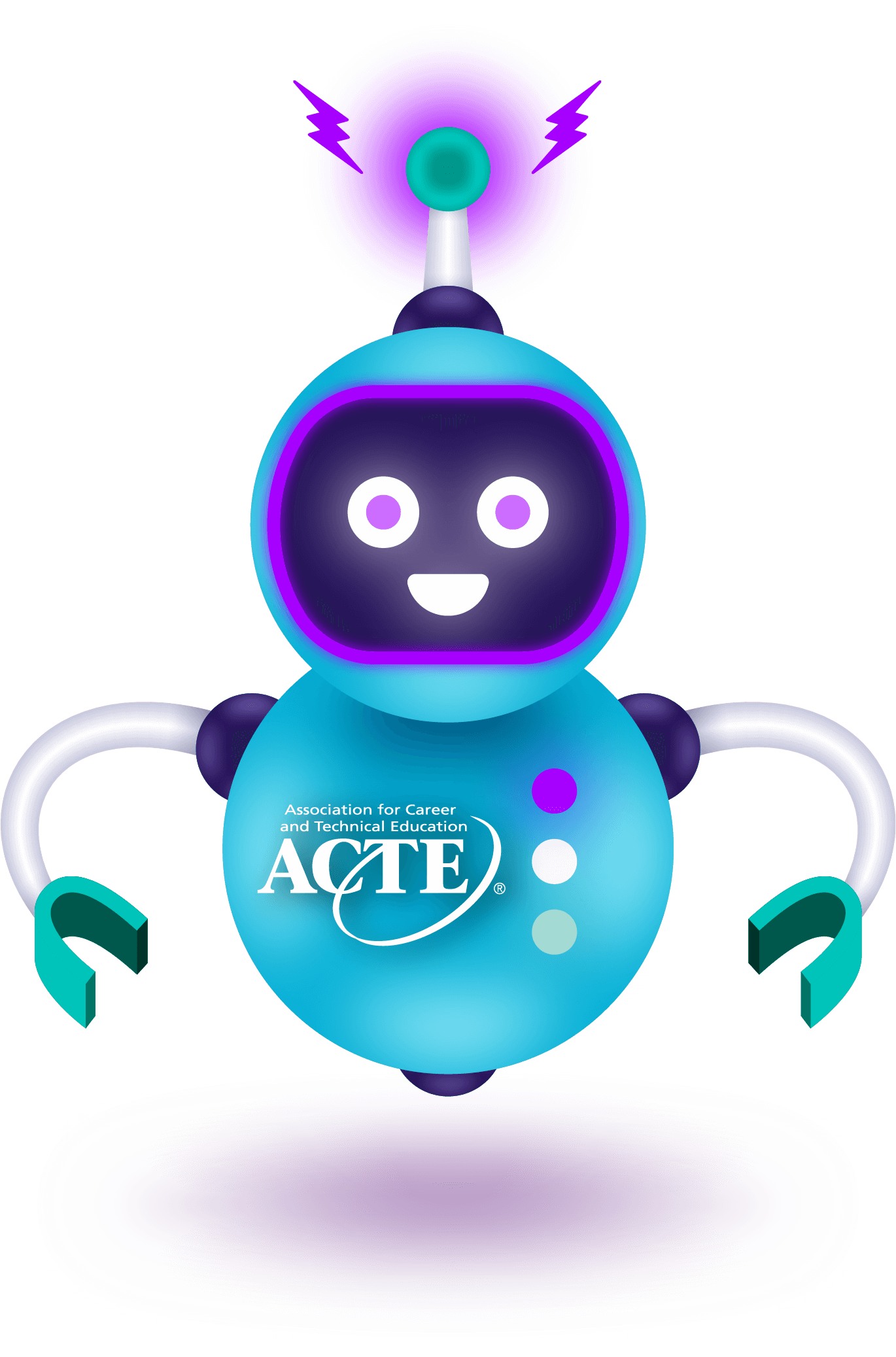

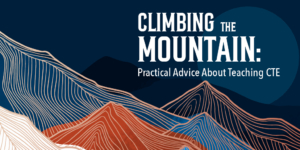




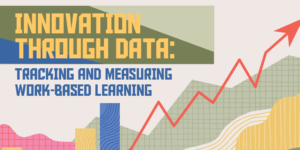
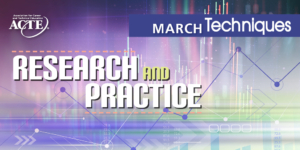




 Attend NPS 2024! Influence CTE-related policy priorities at ACTE’s National Policy Seminar. With a featured event from the
Attend NPS 2024! Influence CTE-related policy priorities at ACTE’s National Policy Seminar. With a featured event from the 

